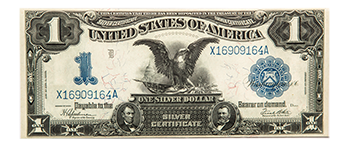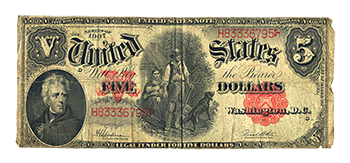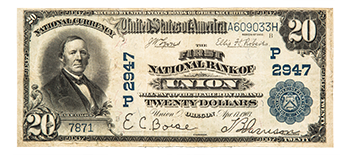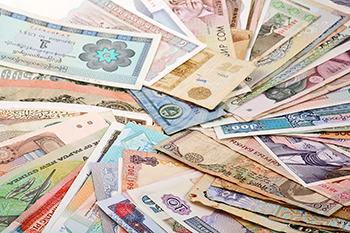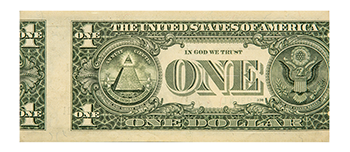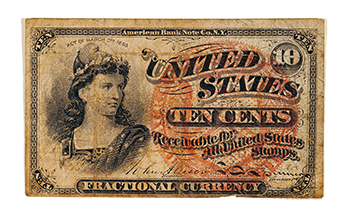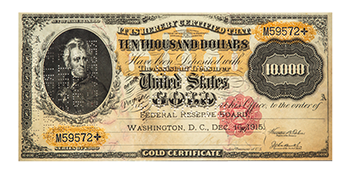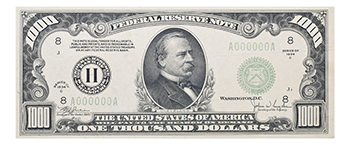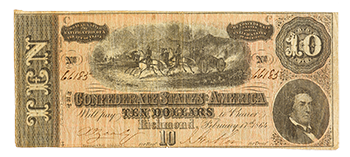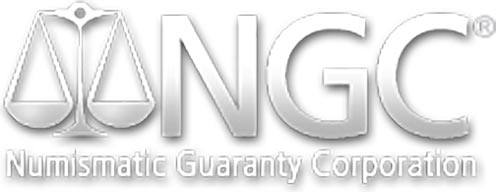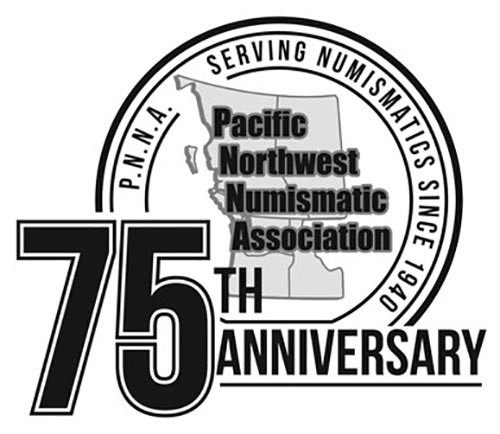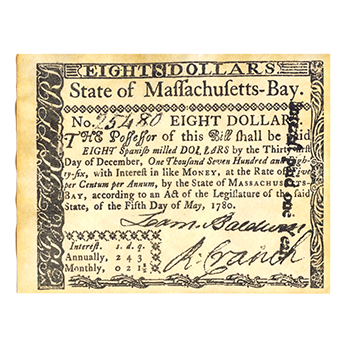
When English colonists arrived in the New World, they brought their own money, the pound, shilling and pence. The original thirteen U.S. colonies commonly used British currency and Spanish dollars, but as the economy grew it was clear that there was not enough money in circulation. To address this shortage as well as other issues, colonial governments issued their own paper currency.
Soon thereafter, The British Parliament passed several Currency Acts that regulated the new colonial money. With exchange rates fluctuating, terms like “Lawful Money” (signified with the letters L.M.), “Proclamation Money” and “Current Money” were print on the colonial currency, indicating that it conformed to legal statutes.
In 1788 the United State Constitution denied the right for individual states to coin and print money, and with the passage of the Coinage Act in 1792 America began creating a national currency of its own.

